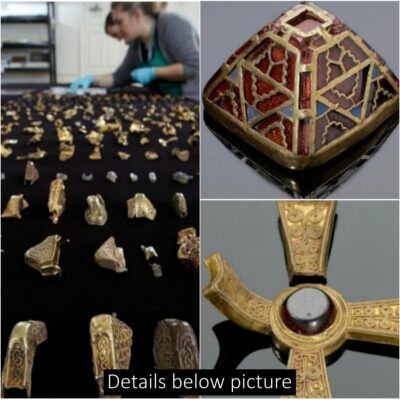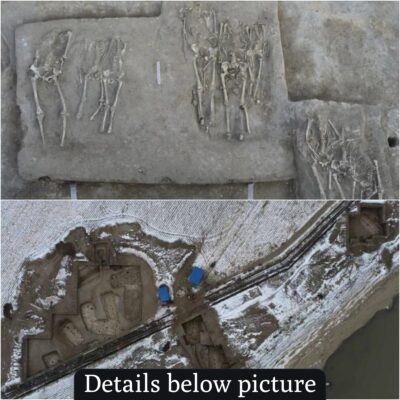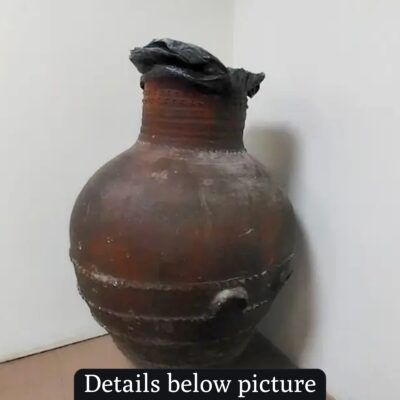Archaeologists discovered a 4,000-year-old ritual site in the town of Tiel, located 72 kilometers from the Hague in the Netherlands.

The sanctuary consisted of several burial mounds and is said to have been dedicated to the sun, the statement said.
For 800 years, the site was used for sacrificial festivals, rituals and celebrations. People also buried their dead there.
The complex, which covers an area of about four football fields, is described as a unique discovery.

The site was excavated in 2017, but its significance has only now become clear. “Everything was hidden deep underground,” the town said.
The archaeologists made the discovery only after years of research. The scientists excavated a total of about one million objects, including a 1,000-year-old glass bead. The oldest objects were estimated to date back to 2,500 B.C.

According to the researchers, there were three burial mounds in the complex. One of them contained the bodies of more than 80 people, including a large number of children.
The largest mound is said to have functioned as a solar calendar. On the shortest and longest day of the year, the sun’s rays could shine directly onto the mound through special notches in the ditch.
Some of the discoveries will be on display in a local museum starting on Friday. Others are to be showcased at the National Museum of Antiquities in Leiden, near The Hague.





